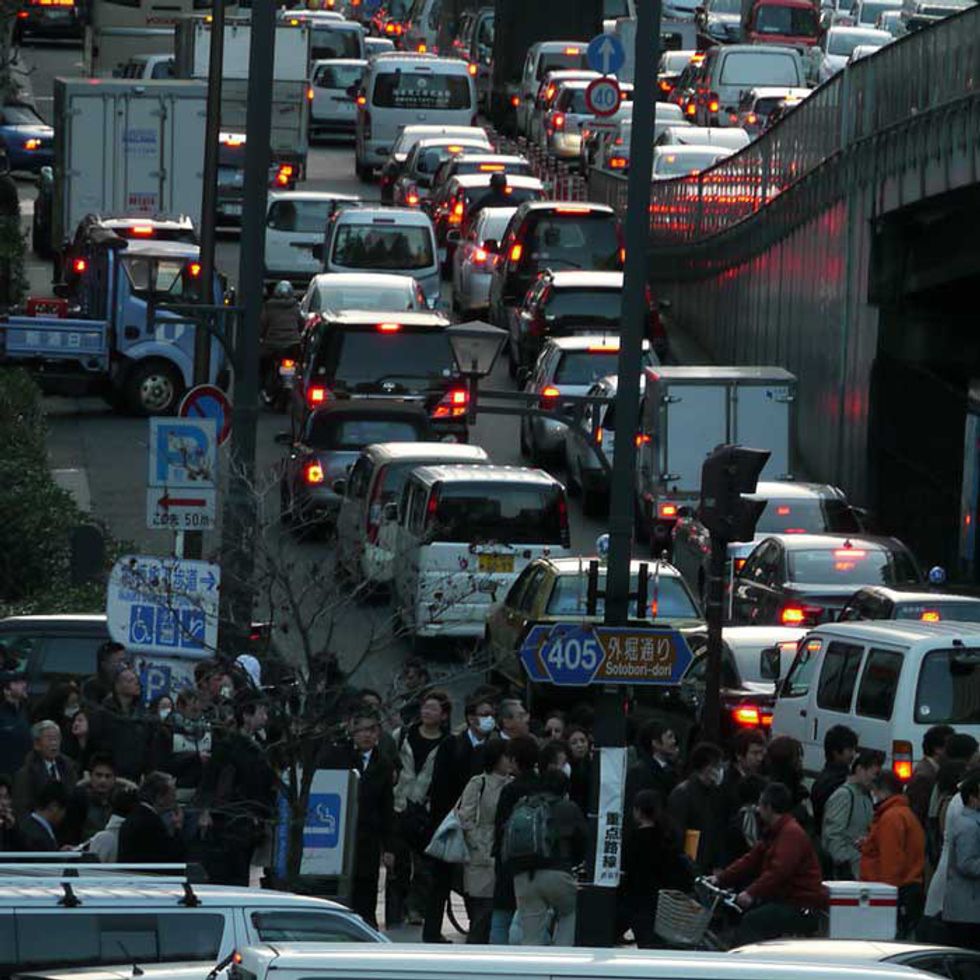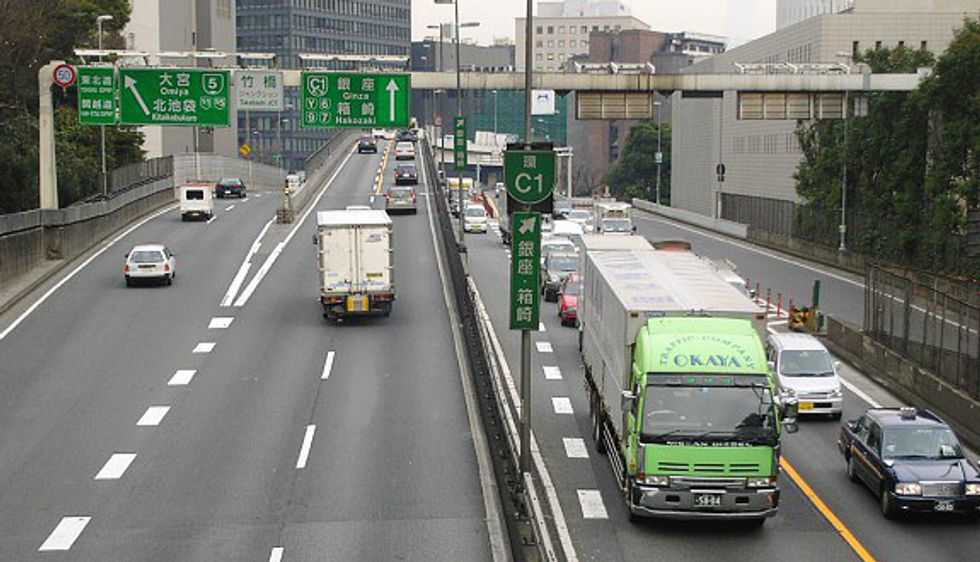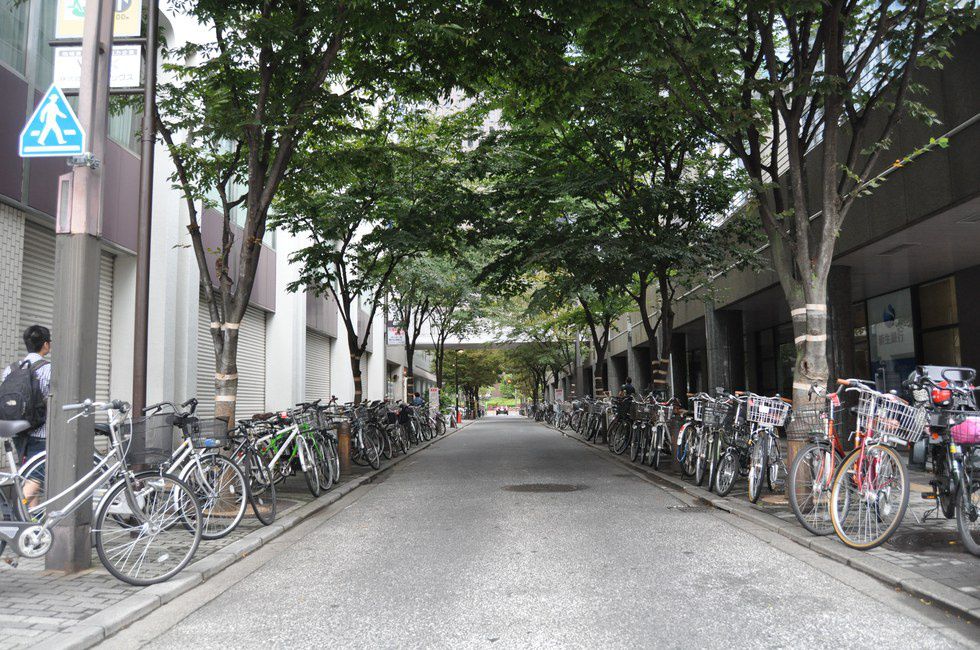Anyone who has been lucky enough to drive in Japan knows the incredible courtesy of drivers. Other drivers don't hesitate to let you out of busy intersections or pull out across traffic for right turns, unlike drivers in Jersey that usually don't like to let you pull out for left turns. Fortunately for me, I learned how to drive in Japan. Unfortunately for me, I have now returned to the States, where drivers tend to fall more on the opposite side of the "politeness spectrum."
The first place I have driven since returning to the United States is New Jersey, and anyone unlucky enough to have driven in New Jersey knows that road rage is almost as common as traffic lights. Although I mentioned how most people miss polite drivers after leaving Japan in a past article, I have realized that there are so many more differences than just politeness that I miss.
Recommended for you
1. Everyone's overall attitude about traffic is different.
In Japan, the drivers expect traffic and have pretty much come to terms with it. Rather than getting upset when driving in rush hour traffic, everyone sucks it up and understands that we are all in the same boat and there's nothing that can be done but wait it out. On the flip side, drivers in Jersey often get upset and frustrated, which is something I wasn't excited to return to after leaving Japan.
2. Although both Jersey and Japan have gas station attendants that help to pump your gas for you, their functions are quite different.
While in Jersey, they simply put gas in your tank. In Japan, they offer to clean your windshield and escort you back onto the road, even stopping traffic if you have to cross lanes. The extra mile that Japanese workers put into customer service is amazing and something I miss from the Land of the Rising Sun.
3. They drive on opposite sides of the street.
Although it may seem to be an obvious difference, it can be tricky adjusting to the other side. After driving in car where the steering wheel is on the right in Japan, it can be difficult to adjust back to driving a car in the States. The trickiest part isn't always the driving itself, but confusing the turn signal with the windshield wipers.
4. The signs are in different languages.
Another seemingly obvious difference, after returning to the States I realized how convenient it is to be able to read everything quickly and easily. The signs may be one of the few differences that I don't really miss from Japan.
5. Drivers in Japan use horns, lights, and bows as positive signs of gratitude and courtesy.
Of course, horns and lights are also used for other reasons, but they are often polite, to alert other drivers, or say "thank you." Other drivers also slightly bow and wave while driving, after being let out or helped. While at intersections at night, drivers even turn off their headlights while facing or stopped behind another vehicle, to save their fellow drivers' eyes from the blinding lights in the dark.
6. Pedestrians and bicyclists are treated differently.
While in the States, although pedestrians do have the right-of-way, they are often not given the same chances to cross that drivers in Japan give. People walking and riding bicycles are more common in Japan, and drivers are more likely to look out for them and give space, which I miss.
Although of course not all Jersey drivers are crazy, you don't get the same feeling there that you do in Japan. Driving anywhere is stressful, but driving in Japan is made a bit more enjoyable through the culture of the country and positive atmosphere on the road.




















